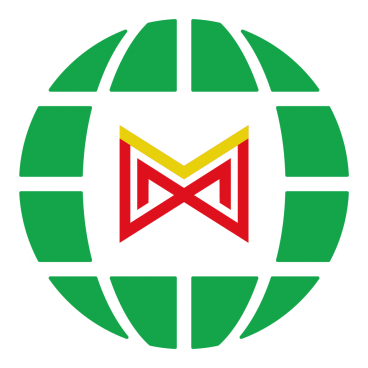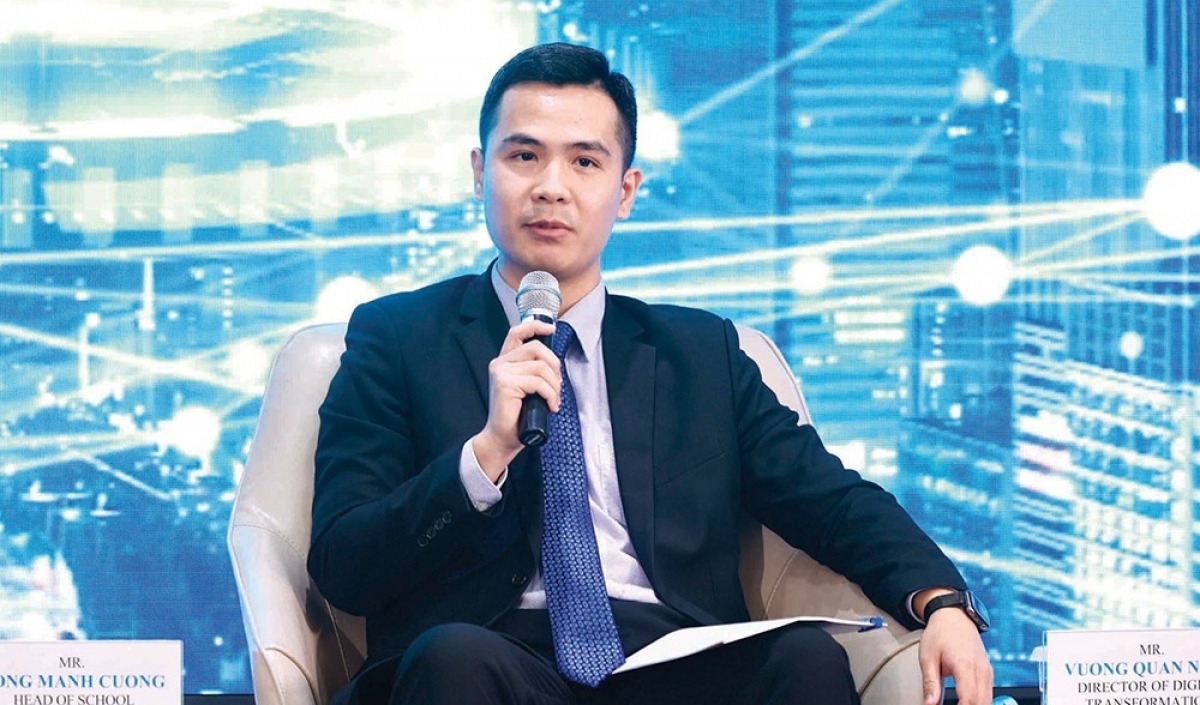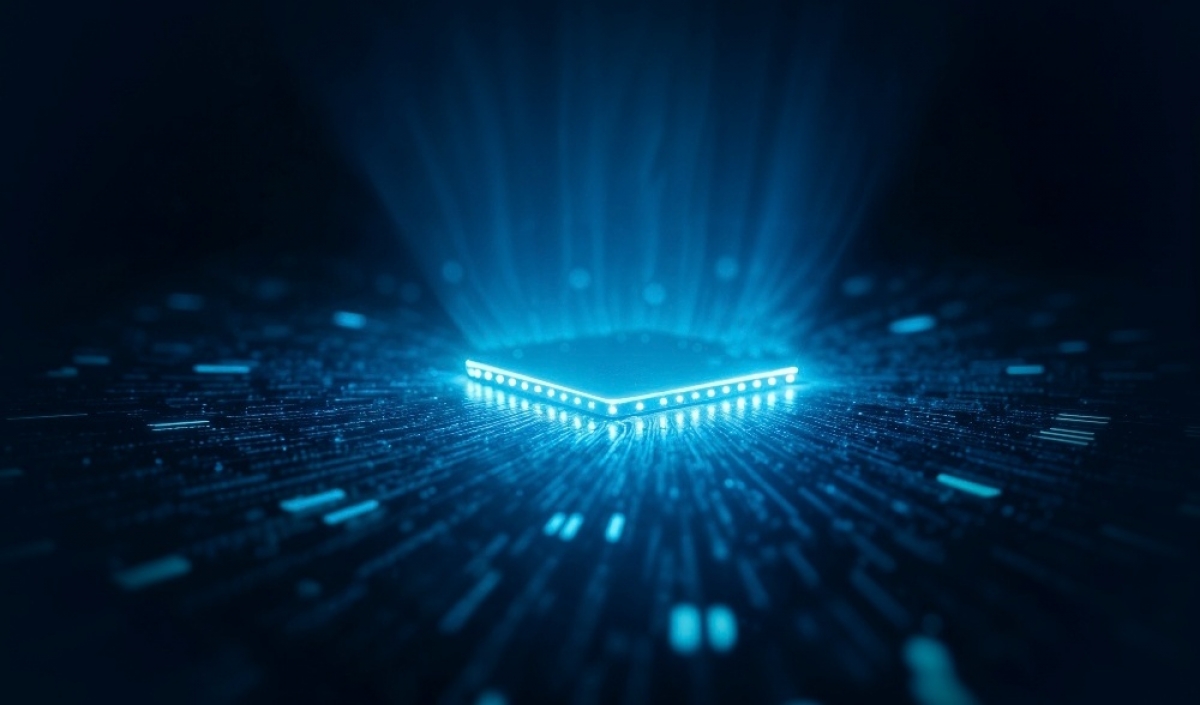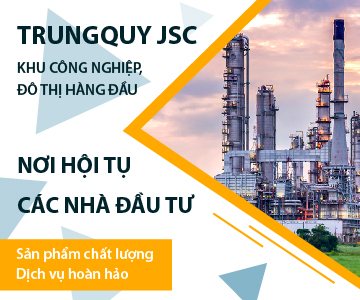INTERNATIONAL INVESTMENT
AND PORTAL
 Denis Brunetti - President in Vietnam and Myanmar, Ericsson
Denis Brunetti - President in Vietnam and Myanmar, Ericsson
More connected sensors and smart meters will enable real-time network monitoring, including data about power quality, broken wires, and consumption spikes. As a great amount of data is generated from electricity customers at the edge of the network, AI-powered predictive analysis and edge computing can be introduced to reduce costs and increase revenues.
Predictive maintenance based on machine learning and AI may also reduce power outages and improve investment decisions. This predictive analysis can include rapid detection and response to spikes in demand. One example is the mass charging of electric vehicles which can be both a challenge and part of the solution.
Another application area is that of production compensation between many small-scale installations, where it would be possible to achieve an optimal production balance between distributed energy sources. This is done by measuring and compensating for imbalances in the grid.
The energy utility sector helps to power the world. To meet changing patterns in power grid management, such as bi-directional power flow, increased share of renewable energy sources and highly distributed generation in the grid, utility companies are now employing 3GPP 4G and 5G network solutions to strengthen the security and resilience of power grids, as well as boost operational efficiency across the board
Most of the modern world’s infrastructure depends on reliable electrical power sources to sufficiently power homes, businesses, schools, hospitals, and more on a daily basis.
In order for energy providers to increase efficiency and continue offering consistently reliable services, many are implementing the structural changes needed for a more flexible, secure, and reliable communications network.
By employing mission-critical broadband at every grid segment, utilities receive a range of benefits that increase the reliability, safety, and operational efficiency of their electrical grids while lowering operational expenses. Mission-critical 4G and 5G will enable reliable transmission and distribution of power grid-related information. Fast response for fault isolation and service restoration through automation, as well as remote monitoring and control, are other major benefits.
Crucially, it also strengthens the safety and security measures needed to keep electrical systems free from unpredictable faults and unwanted interference.
4G and 5G mobile technologies are serving as game-changers in order to address the growing need for distribution system operators to have real-time insights into network operation, as well as to remotely optimise their processes for a cost-efficient, seamless, and secure power supply for customers.
The need to introduce smart ways to monitor, balance, and predict power consumption and generation will thus continue to grow. The power grids of tomorrow will be digital infrastructures, meaning they will be highly connected and automated.
Ericsson’s cellular technology enables power grid operators to adopt future-proof technologies by consolidating dozens of legacy technologies into one ubiquitous network and enabling advanced use cases.
It also advances operations by granting systems the ability to self-monitor, self-diagnose, self-heal, and unlock intelligence by making data-driven insights a priority in efficiency and security.
With a powerful communications network established as a foundation for power grid management, regular upkeep and monitoring can be achieved with much greater flexibility.
To ensure there is a continuous pathway for system and service upgrades, utilities are deploying mission-critical 4G networks with a smooth evolution journey to 5G. Mission-critical fixed and mobile broadband communications give utilities far more flexibility for network roll-outs and the use of network-ready devices, opening up new possibilities for long-term expansion and application.
This is especially the case as substations and line monitoring become increasingly sensor-driven edge networks – cellular technology, therefore, offers cost-effective implementation enabled by 5G and edge cloud.
Governments and regulators around the world are introducing new environmental rules relating to the different operational parts of power plants. These regulations cover the holistic environmental performance of utilities, including emissions, electricity generation, energy efficiency, the restoration of service, and much more. The need to implement end-to-end intelligence in electricity networks is becoming increasingly important.
The Ericsson Study “Bringing 5G to Power” reveals that to deliver all the benefits required by regulators and face the changes imposed by the market and consumers, a truly smart grid needs a smart critical communications network, such as 5G.
The communications network and the energy network are becoming increasingly interdependent. In order for a smart grid to be dynamic, secure, and resilient as well as deliver all the aforementioned benefits, it needs a similarly smart communications network.
The distribution grid of the future needs to be built on flexible and reliable infrastructure that can handle the fundamental changes happening to the generation and distribution of power, as well as the new patterns of consumption.
